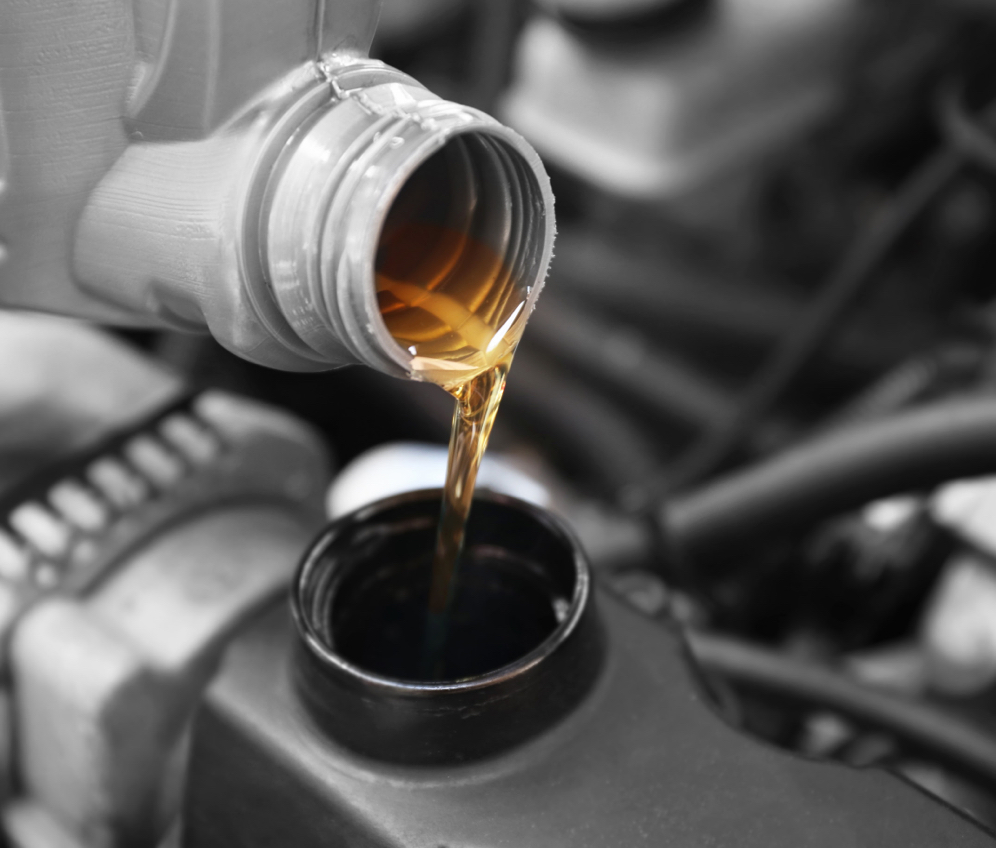ATC Code of Practice
A Code of Practice devised by the members of the European lubricant additive industry. The Code is intended to aid continuous improvement in the development of engine lubricants and the consistency and validity of performance claims made for them. The Code specifies engine tests, procedures and record keeping.
This Code of Practice has been voluntarily devised by representatives of member companies of the Additive Technical Committee AISBL (ATC). Compliance with the Code is voluntary and is not restricted to ATC members. The Code is intended to encourage both the consistent and precise operation of engine testing and the consistent reporting of results during the performance evaluation of automotive lubricant formulations. It is also intended to generate a body of reference data and knowledge concerning the precision and consistency of operation
of test methods embraced by the Code.

ACEA Sequences
• ACEA European Oil Sequences cover light duty passenger cars & heavy duty trucks.
• The ACEA Oil Sequences are updated regularly to address:
– Changes in European legislation
– Changes in engine technology
– Changes in fuel composition
– The current issue of the Oil Sequences is ACEA Sequences 2023 for Light-Duty Engines and ACEA sequences 2022 for Heavy-Duty Engines.
The sequences define the minimum quality level of a product for presentation to ACEA members. Individual member companies may indicate performance parameters other than those covered by the tests shown or more stringent limits.
The two new Categories published in ACEA 2023 for Light-Duty Engines introduce several new performance parameters and give oil marketers an opportunity to demonstrate the performance of their lubricants in the most modern vehicle technology.
The two new Categories, C6 and A7/B7, for the first time introduce LSPI, timing chain wear and diesel turbocharger performance limits into the ACEA Sequences, and C6 includes a new fuel economy test.
The most significant change for ACEA sequences Heavy-Duty Engines is the adoption of Daimler’s new OM471 engine test hardware, which replaces the OM 501LA to assess piston cleanliness for ACEA E8-2022 and ACEA E4-2022. This OM 471 adoption entails a significant performance severity increase to cover the needs for extended oil drain intervals.
For ACEA E7-2022, the Cat 1N has been adopted to replace the OM 501LA and for ACEA E11, the Cat C13 replaces the OM 501LA. The new OM 471 test is too severe for ACEA E7 oils, and for ACEA E11, alignment with API CK-4 was intended which explains the adoption of the Cat C13 for ACEA E11-2022. Grandfathering of OM 501LA data to demonstrate ACEA E4-2022, E7-2022 and E11-2022 piston cleanliness performance is allowed by ACEA.
Other significant changes are a severity increase for the CEC L-104 Biofuel piston cleanliness test for ACEA E8-2022 & E11-2022 and for the Mack T-12 engine wear test, limits for ACEA E8-2022 are now set to the higher ACEA E11-2022 limits. With the new adoptions and limit settings, the 2022 ACEA HD sequences are now more aligned with respectively MB 228.51 (ACEA E8-2022), API CI-4 (ACEA E7-2022) and API CK-4 (ACEA E11-2022).



